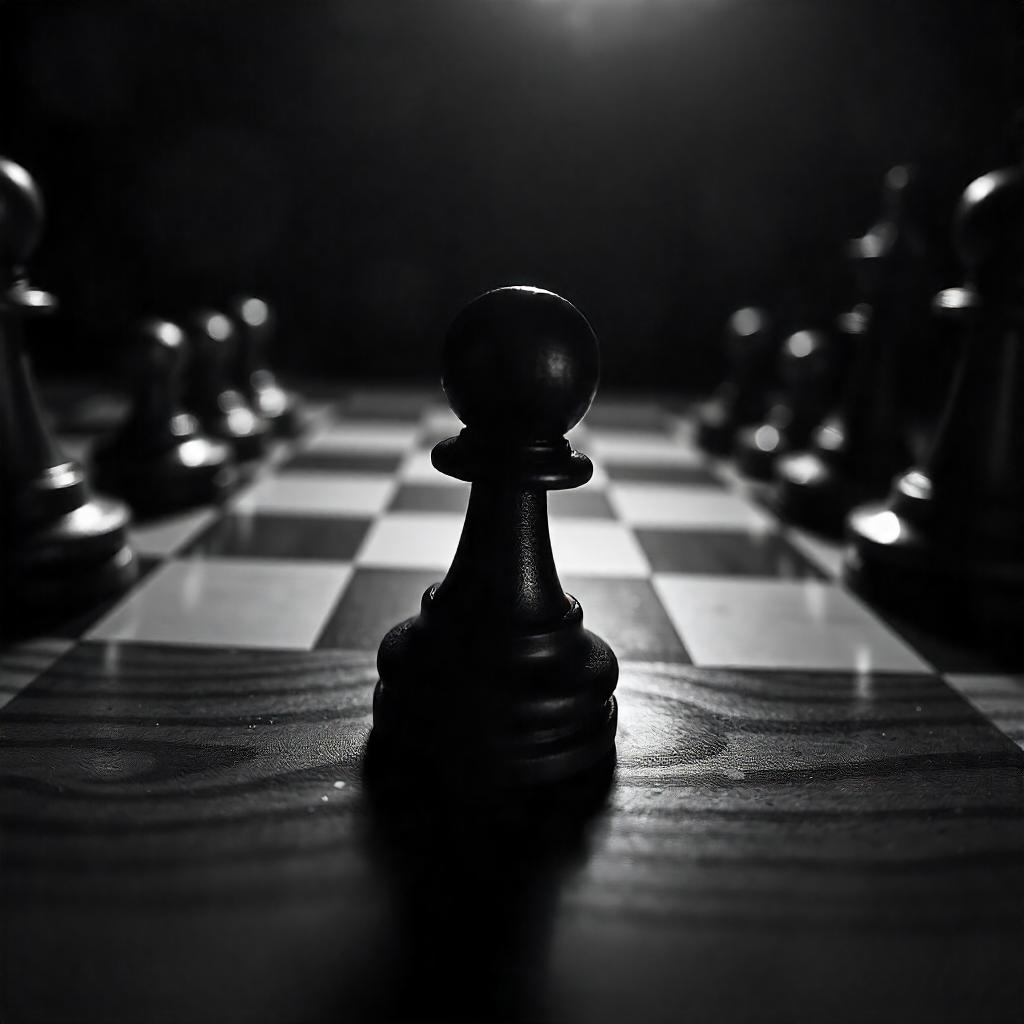
What is Pawn in Chess and its Importance? NextGen Mindz
Discover the importance of the pawn in chess! Learn about its unique rules, strategic value, and how mastering pawn play can transform your chess game.
In chess, the smallest piece often holds the greatest potential. This adage rings true when we examine this humble chess soldier.
Though it’s the smallest and least valued piece in the game, the pawn plays a pivotal role in shaping strategies, dictating the flow of play, and determining outcomes in both the middle-game and endgame.
Let’s delve into what makes the pawn in chess so special, the strategies surrounding it, and why mastering its use can transform your chess game.
What Is a Pawn in Chess?
Introduction to Chess Pieces
Chess begins with each player commanding an army of 16 pieces, and pawns make up half of this force. According to the chess piece hierarchy, each pawn contains 1 point.
Positioned on the second rank (white) and seventh rank (black), pawns are the front line, tasked with initiating the battle by advancing into the fray.
Unique Characteristics of the Pawn
Unlike other pieces, pawns have specific movement and capturing rules that make them unique:
- Movement: A pawn in chess can move forward one square but has the option to advance two squares on its first move.
- Capturing: Unlike their straight-forward movement, pawns capture diagonally, adding a tactical layer to their use.
- Promotion: When a pawn reaches the opponent’s back rank, it transforms into a queen, rook, bishop, or knight—a potential game-changer.
The Role of Pawns in Chess Strategy
Pawn Structure and Its Impact
The arrangement of pawns—known as chess pawn structure—can make or break your chess pawn strategy. Key concepts of a pawn in a game of chess include:
- Isolated Pawns: Pawns with no supporting pawns on adjacent files. While they can be weaknesses, they often grant dynamic attacking chances.
- Passed Pawns: There are no opposition pawns stopping their way to promotion. These are valuable assets, especially in the endgame.
- Doubled Pawns: Two pawns are placed in the same file. They can be liabilities but might also open unique tactical opportunities.
- Pawn Island: It is the weakest piece in the game. In this move, the pawn moves one or two squares in the beginning. But once you make this move you cannot repeat the same move.
Pawn sacrifices in chess
Sacrificing a pawn, also known as a gambit, can yield strategic benefits such as faster development, opening lines for powerful pieces, or creating long-term weaknesses in the opponent’s camp.
Understanding when to offer a pawn—and why—is a hallmark of advanced chess.
Why Pawns Are Crucial in the Endgame
We are going to showcase endgame strategies with pawns:
Pawn promotion in chess
In the endgame, pawns become the protagonists. Advancing a pawn to the opponent’s back rank for promotion often determines the outcome of the game.
A promoting pawn in chess, especially into a queen, can single-handedly turn a losing position into a winning one.
Protecting Passed Pawns
Ensuring your passed pawns reach their destination is a vital endgame skill. Using other pawns or pieces to shield their journey can apply significant pressure on your opponent and create decisive opportunities.
Tips for Mastering Chess tactics and pawn play
- Avoid Overextending Early: Pushing pawns too aggressively can leave your position vulnerable.
- Maintain a Solid Pawn Structure: Connected pawns support each other and minimize weaknesses.
- Support Attacks with Pawns: Use pawns to open lines against your opponent’s king or disrupt their plans.
Common Mistakes to Avoid With Pawns
- Neglecting Pawn Chains: Breaking a chain can lead to weaknesses that opponents exploit.
- Allowing Doubled or Isolated Pawns Unnecessarily: These structural flaws can limit your flexibility.
- Undervaluing Endgame Pawns: A single well-placed pawn can be decisive in the endgame.
FAQs
Q1: What is the most important role of a pawn in chess?
Pawns control the board, form the game’s foundation, and can transform into powerful pieces upon promotion.
Q2: How does pawn promotion work in chess?
Once a pawn moves in chess, and reaches the opposite end of the board, it can be promoted to a queen, rook, bishop, or knight, chosen by the player.
Q3: What is a "passed pawn" in chess?
A passed pawn has no opposing pawns blocking its path to promotion.
Q4: Can pawns move backward in chess?
No, pawns can only move forward, except capturing diagonally.
Q5: How can pawns be used strategically in the opening?
Pawns can control the center, enabling other pieces to develop effectively.
Conclusion
Understanding the importance of pawns in chess is a journey into the essence of strategy. From shaping the board’s landscape to becoming a powerful piece through promotion, the pawn’s potential is immense.
By studying chess pawn rules, pawn structures, practicing endgame tactics, and avoiding common pitfalls, you can elevate your gameplay significantly.
So, embrace the power of the pawn—the smallest piece with the greatest potential—and watch your chess skills soar.
Also Read: Benefits of Chess How Chess Helps in the Real World: A Game Beyond the Board
